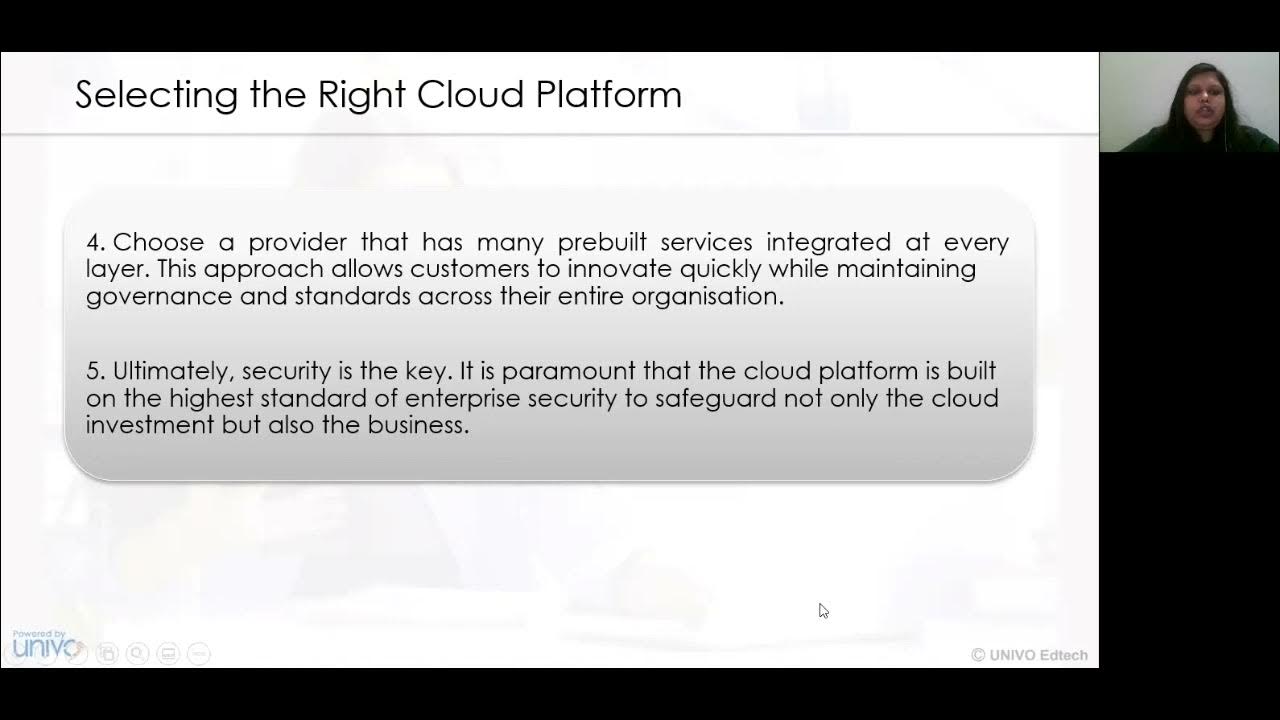Tail Call Optimization
Summary
TLDRIn this video, the concept of tail call optimization (TCO) is explored, focusing on how functions behave in memory and the benefits of TCO. The video covers the relationship between functions and the call stack, explaining how a function call creates a stack frame. Tail calls, which are function calls made as the last action in a function, are introduced as a key optimization technique. TCO minimizes memory usage and improves performance, especially in recursion, by reusing the current stack frame rather than creating new ones. The video emphasizes the efficiency of TCO in handling recursion and preventing stack overflow.
Takeaways
- 😀 Functions are essential tools in programming, often used to encapsulate code and improve efficiency.
- 😀 When a function is called, it triggers a jump to a new section of memory, which is tracked by a call stack.
- 😀 A call stack stores return addresses and local variables to ensure the program can return to its previous state after function calls.
- 😀 The call stack follows a Last-In-First-Out (LIFO) structure, where the last function called is the first to return.
- 😀 Tail calls occur when a function calls another function as its last action, without any further work needed after the call.
- 😀 Tail call optimization allows the compiler to reuse the current stack frame for the next function call, reducing memory usage.
- 😀 Without tail call optimization, each function call in a recursive function creates a new stack frame, leading to increased memory consumption and potential stack overflow.
- 😀 Tail call recursion turns recursion into an iterative process, effectively unrolling the recursive calls into a loop.
- 😀 Tail call optimization helps improve memory management and performance by eliminating unnecessary stack growth during recursion.
- 😀 The effectiveness of tail call optimization depends on the compiler and programming language used, as not all compilers support it.
- 😀 Recursion with tail call optimization is a common strategy for reducing memory usage and improving performance in modern programming languages.
Q & A
What is the purpose of the call stack in programming?
-The call stack is used to manage function calls and their return addresses. It stores the location to which the program should return after a function finishes executing, along with the function's local variables.
What is a tail call?
-A tail call occurs when a function calls another function as its last action. The key point is that the calling function doesn’t need to perform any additional work after the tail call, allowing for optimization.
Why is tail call optimization important?
-Tail call optimization is important because it allows the compiler to reuse the current function’s stack frame for the tail call, reducing memory usage and preventing the call stack from growing unnecessarily, which can lead to stack overflow in deep recursion.
How does recursion impact the call stack?
-Recursion causes the call stack to grow with each function call. Each recursive call adds a new frame to the stack, which can lead to excessive memory usage or a stack overflow if the recursion is too deep.
What happens if a function makes a call to another function within its body?
-When a function calls another function, the program jumps to a different part of memory to execute that function. The call stack grows by adding the return address and local variables of the new function, allowing the program to return to the correct position afterward.
How does tail call optimization convert recursion into iteration?
-Tail call optimization transforms recursion into iteration by reusing the current function’s stack frame for the tail call, rather than creating new stack frames. This eliminates the need for returning through previous function calls, effectively making the recursive function behave like a loop.
What are the memory management benefits of tail call optimization?
-Tail call optimization simplifies memory management by eliminating the need to maintain multiple function calls in the stack. It reduces memory consumption and avoids stack overflow by reusing the existing stack frame.
Can you always expect tail call optimization to work?
-No, tail call optimization only works if the compiler recognizes the tail call pattern and optimizes for it. If the compiler does not support tail call optimization, the function will behave like a regular recursive call, adding frames to the call stack.
Why is recursion often paired with tail calls in discussions?
-Recursion is often paired with tail calls because tail recursion allows for efficient memory usage, preventing the call stack from growing excessively. This is particularly important in languages where deep recursion might lead to stack overflow or slow processing without optimization.
What is the relationship between tail calls and the concept of a call stack?
-Tail calls are a specific type of function call that occurs at the end of a function’s execution. Normally, each function call adds a new frame to the call stack. However, in tail calls, the function call can be optimized to reuse the existing stack frame, preventing the stack from growing unnecessarily.
Outlines

This section is available to paid users only. Please upgrade to access this part.
Upgrade NowMindmap

This section is available to paid users only. Please upgrade to access this part.
Upgrade NowKeywords

This section is available to paid users only. Please upgrade to access this part.
Upgrade NowHighlights

This section is available to paid users only. Please upgrade to access this part.
Upgrade NowTranscripts

This section is available to paid users only. Please upgrade to access this part.
Upgrade NowBrowse More Related Video

Recursividade em Cauda e Otimização de Chamada de Cauda

Cloud Computing Architecture

4. Method

EDB1 IMD UFRN : Alocação Estática de Memória

Cloud Economics Cloud Computing infrastructures available for implementing cloud based services

Economics of choosing a Cloud platform for an organization based on application requirements, eco
5.0 / 5 (0 votes)